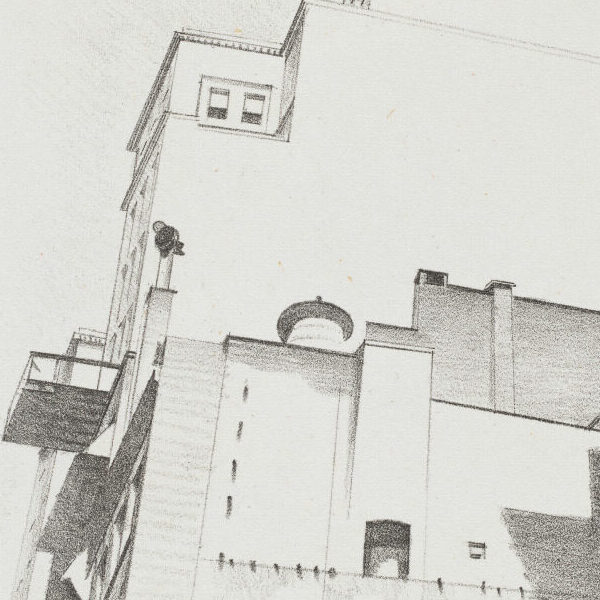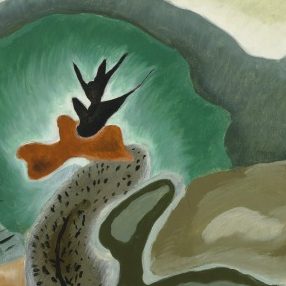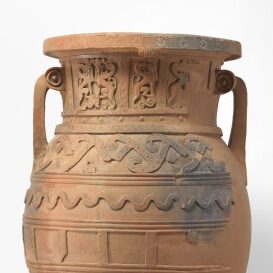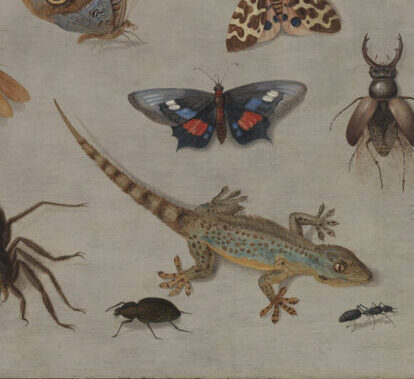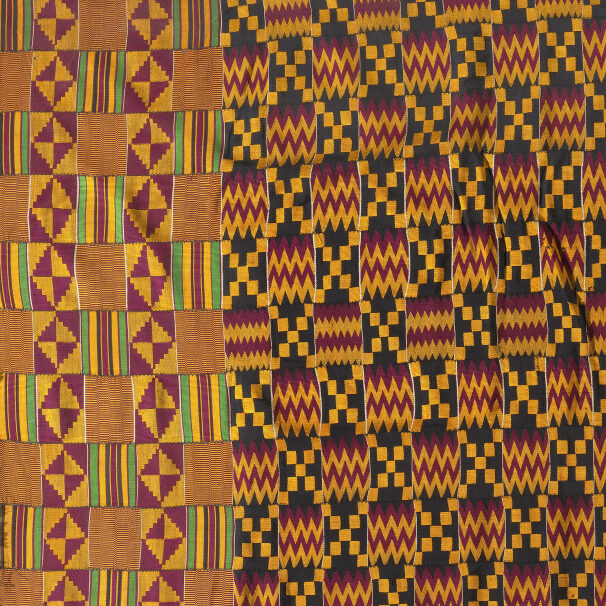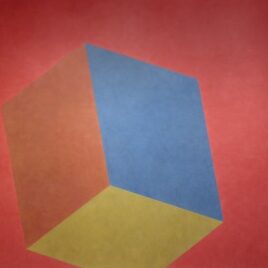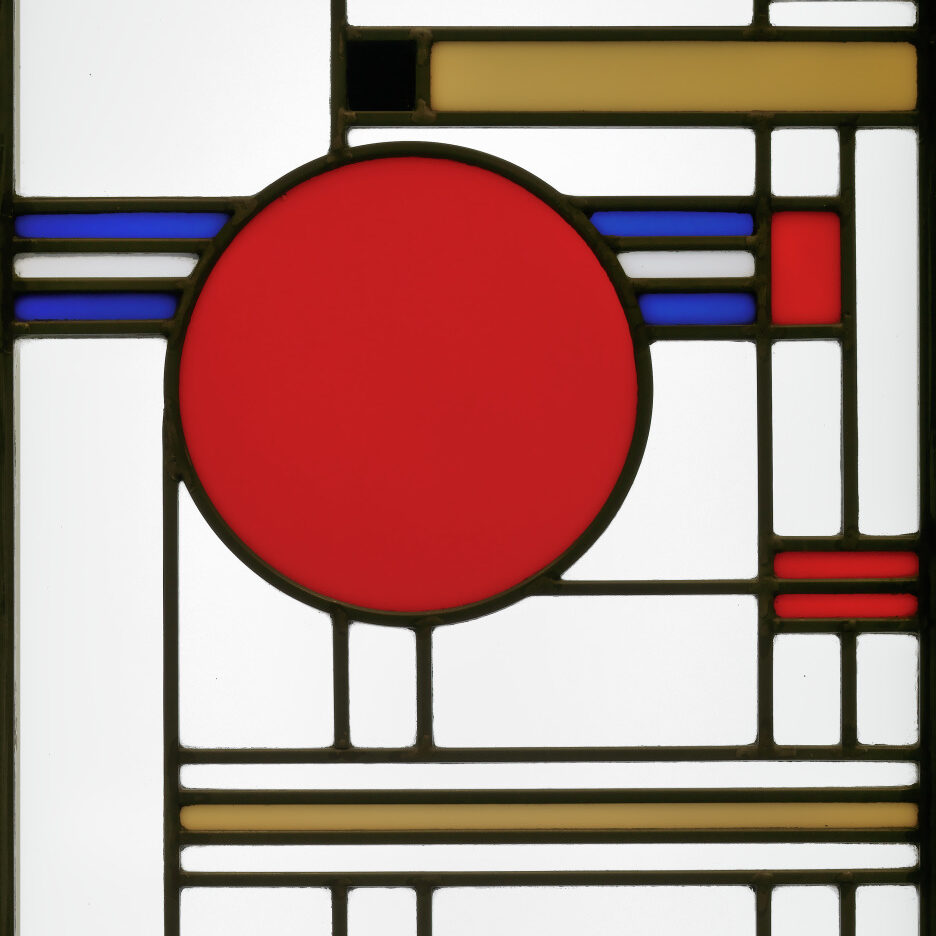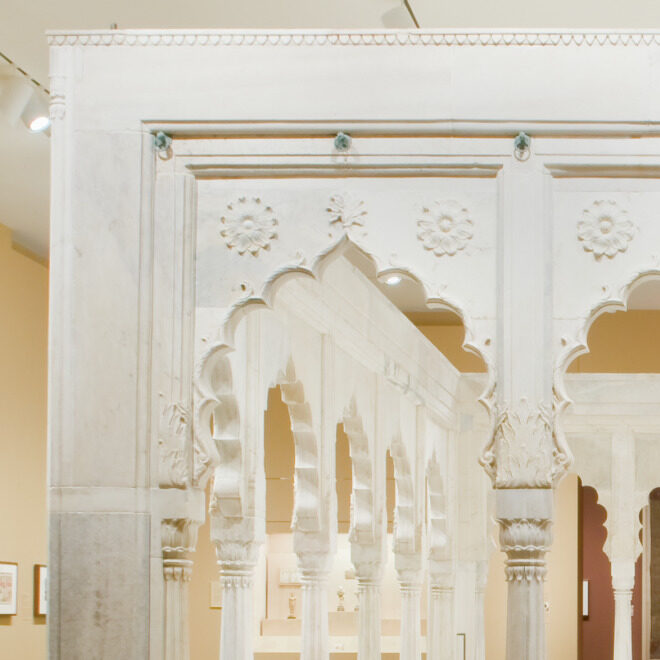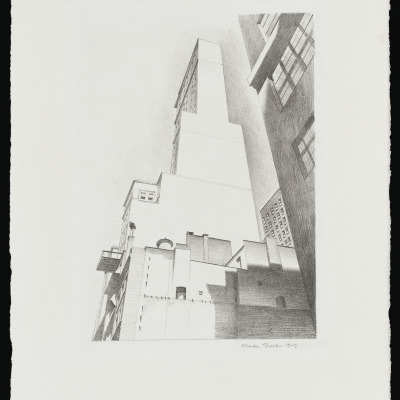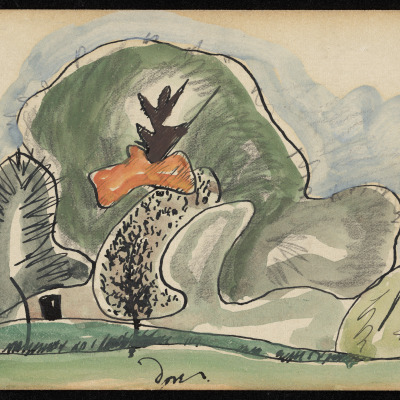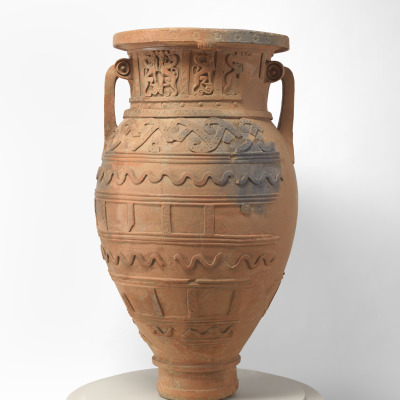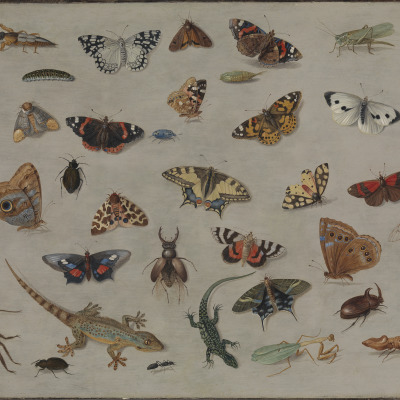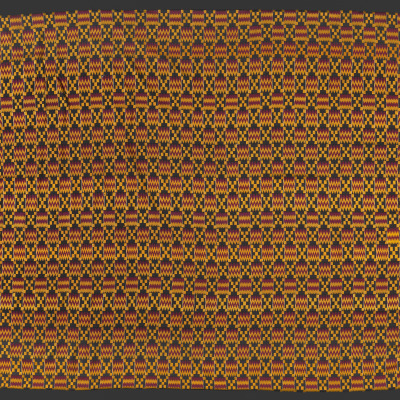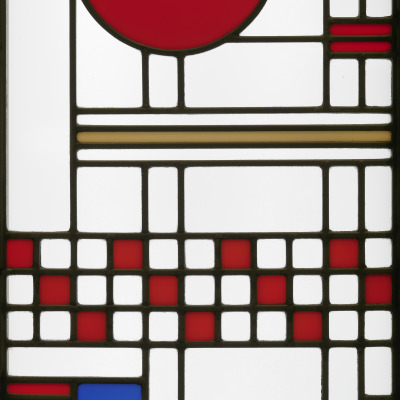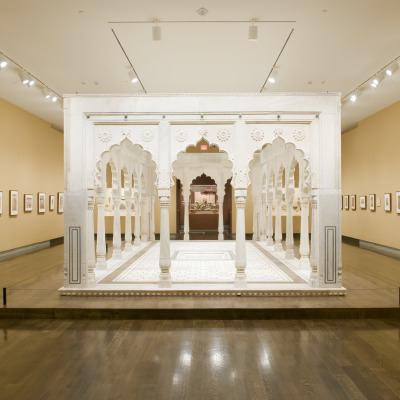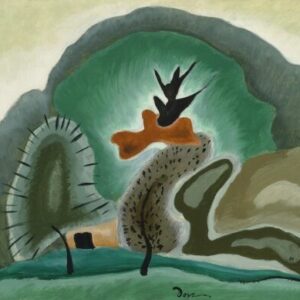
Gallery Hunt: Shape Up
Explore the galleries and see how artists used different shapes!
Geometric shapes are regular and have names you recognize like circle, square, triangle, rectangle, and oval. Organic shapes are usually irregular, occur in nature, and don’t always have names. Explore the galleries and see how artists used different shapes!
Begin in the American Galleries on Level 2. Have fun!
4
European Art Galleries, Level 2
Leave ancient Greece and enter Elegance & Wonder. Lizards, insects, and spiders…oh my! This painting is full of organic shapes. They curve and bend in all kinds of ways. Jan van Kessel, the artist of this artwork painted insects and flowers with the accuracy of a scientific naturalist.
The natural world is full of organic shapes. What kinds might you find in your own garden?
Images (as details)
1 Delmonico Building, 1926, Charles Scheeler (American, 1883-1965), lithograph. Virginia Museum of Fine Arts, Floyd D. & Anne C. Gottwald Fund, 2020.4
2 Mars in Orange and Green, 1935, Arthur Dove (American, 1880–1946), oil on canvas. Virginia Museum of Fine Arts, Gift of Mr. and Mrs. Arthur S. Brinkley Jr. 79.137
3 Relief Pithos (Storage Container), ca. 675 BC, Greek (Cretan), terracotta. Virginia Museum of Fine Arts, Arthur and Margaret Glasgow Fund, 79.147
4 A Study of Butterflies, Lizards, Beetles, and Other Insects, late 1650s, Jan van Kessel (Flemish, 1626-1679), oil on copper, laid down on panel. Virginia Museum of Fine Arts, Jordan and Thomas A. Saunders III Collection, L2020.6.18
5 Man’s Wrapper (Kente Cloth), late 20th century, Akan culture (Ghana), rayon or silk. Virginia Museum of Fine Arts, Adolph D. and Wilkins C. Williams Fund, 2007.63
6 Wall Drawing #541, 1987, Sol LeWitt, (American, 1928–2007), acrylic wash on wall. Virginia Museum of Fine Arts, Sydney and Frances Lewis Endowment Fund, 99.34
7 Window, 1912, Frank Lloyd Wright (American, 1867–1959), clear and colored glass, zinc. Virginia Museum of Fine Arts, Gift of Sydney and Frances Lewis, 85.348.2
8 Garden Pavilion, 19th century, Indian (Rajasthan), white marble with black schist and brown mottled marble inlays. Virginia Museum of Fine Arts, Adolph D. and Wilkins C. Williams Fund, 2005.2
